Finding the best font for dyslexia can significantly improve the reading experience for people with dyslexia. The answer: Fonts like OpenDyslexic, Dyslexie, and Lexend are among the best fonts for dyslexia. These fonts are specifically designed to reduce letter confusion, enhance readability, and improve comprehension for individuals with dyslexia.
In this article, we’ll explore the most effective fonts for dyslexia, why they work, how to use them, and provide real examples. Whether you are a parent, teacher, designer, or someone with dyslexia, this comprehensive guide will help you make informed decisions to support better reading experiences.
Top 15 Best Font for Dyslexia Recommendations
Here are 15 of the best fonts for dyslexia, along with a short description for each to help you choose the right one:

- OpenDyslexic
A popular dyslexia-friendly font with heavy-weighted bottoms that prevent letter flipping. Widely used and free. - Dyslexie
Designed by a dyslexic typographer, this font uses unique shapes and spacing to enhance reading accuracy. - Lexend
Scientifically designed to reduce visual stress and improve reading speed and comprehension. - Arial
A clean, sans serif font that is often recommended due to its simplicity and readability. - Verdana
Another sans-serif font with generous spacing and distinguishable letter shapes, making it a good choice for dyslexics. - Tahoma
Offers good readability with clear letter spacing and sans-serif simplicity. - Comic Sans
Surprisingly effective for many dyslexic readers due to its informal, open character design. - Century Gothic
Rounded letters and wide spacing make this font dyslexia-friendly for many users. - Andika
A sans-serif font created specifically for literacy and language learning with clean, simple design. - Trebuchet MS
Known for high legibility and spacing; useful in both print and digital formats. - Segoe UI
Microsoft’s default system font with friendly, modern letterforms helpful for readability. - Calibri
A clear sans-serif option commonly used in documents, suitable for mild dyslexia symptoms. - Read Regular
Tailored for dyslexics with a unique design to prevent confusion between similar-looking characters. - Luciole
Originally created for visually impaired users, but its high legibility also supports dyslexic readers. - ATypI Readable
A research-driven typeface designed for accessibility and reading ease, ideal for educational use.
Each of these fonts caters to the needs of dyslexic readers by reducing the common issues they face, such as letter reversal, crowding, and fatigue.
Why Font Choice Matters for Dyslexia
Choosing the right font is essential because dyslexia affects how the brain processes written language. Certain fonts make it easier to distinguish letters, follow lines, and reduce the effort it takes to read. People with dyslexia often experience visual distortions like:
- Letters swapping places (e.g., “b” and “d”)
- Words appearing to move or blur
- Difficulty tracking lines of text
- Fatigue after short reading sessions
The best fonts for dyslexia counteract these challenges through specific design features, such as:
- Heavier bottoms to prevent flipping
- Increased spacing between letters and words
- Unique letterforms that reduce similarity
- Simple, sans-serif shapes for clarity
Features of Dyslexia-Friendly Fonts
To be effective, fonts for dyslexia typically include the following characteristics:
1. Distinct Letter Shapes
Fonts like OpenDyslexic and Dyslexie use asymmetrical characters to reduce confusion. For example, the letter “b” looks very different from “d,” which helps readers avoid reversals.
2. Wide Letter and Word Spacing
Extra space between letters and words improves tracking and reduces visual stress. Lexend, in particular, emphasizes spacing as a key readability feature.
3. Heavier Baselines
Dyslexie and OpenDyslexic use thicker lines at the bottom of letters, which helps anchor the text and prevent movement on the page.
4. Sans-Serif Style
Sans-serif fonts like Arial and Verdana eliminate small decorative lines, making the letters clearer and easier to recognize.
5. Consistent Letter Heights
Equal height and balanced ascenders and descenders (the parts of letters that go above or below the line) maintain a steady reading rhythm.
Scientific Research Supporting Dyslexia Fonts
Research into fonts for dyslexia is ongoing, but several studies highlight their benefits:
- A study published in Annals of Dyslexia found that fonts with wider spacing and simpler shapes improved reading fluency.
- The Lexend project, backed by Google Fonts, demonstrated a 20% improvement in reading speed and comprehension for many readers.
- OpenDyslexic was tested in multiple educational settings and received positive feedback, though some studies suggest mixed results based on personal preference.
The key takeaway is that font effectiveness can vary from person to person, so testing a few options is essential.
How to Use Dyslexia-Friendly Fonts in Daily Life
On Computers and Devices
- Use browser extensions (like OpenDyslexic for Chrome)
- Change system fonts via accessibility settings
- Install Lexend or Dyslexie from official sources
In Documents
- Choose a dyslexia-friendly font when creating educational materials
- Use large font sizes (12pt to 16pt)
- Maintain left-aligned text and avoid justified formatting
In Schools and Learning Materials
- Provide reading materials in multiple font formats
- Encourage students to choose fonts that suit them
- Offer digital access with customizable font settings
In Design and Web Development
- Use web-safe dyslexia fonts (like Lexend or OpenDyslexic)
- Ensure proper color contrast
- Avoid italic or decorative fonts
Best Font for Dyslexia Free to Download
Many of the top fonts are available for free:
- OpenDyslexic: opendyslexic.org
- Lexend: Available on Google Fonts
- Andika: Free from SIL International
- Comic Sans, Arial, Tahoma: Pre-installed on most operating systems
These fonts can be easily downloaded and applied in word processors, browsers, and educational apps.
Open Dyslexic Font: A Deeper Look
The OpenDyslexic font was created to address common problems dyslexic individuals face when reading:
- Heavy weighted bottoms prevent flipping
- Wide character spacing improves tracking
- Tall letters increase line recognition
It supports over 26 languages and is updated regularly. Teachers, developers, and parents often praise it for being open-source and accessible.
Designing for Dyslexia: Best Practices
To maximize the benefit of dyslexia-friendly fonts:
- Use generous line spacing (1.5x recommended)
- Avoid ALL CAPS (hard to distinguish shapes)
- Limit text per line (40-60 characters)
- Use bold instead of italic for emphasis
- Use background colors (light yellow or blue) to reduce glare
These design principles go hand-in-hand with font choice to create an optimal reading environment.
Conclusion: Empowering Readers with the Best Font for Dyslexia
Choosing the best font for dyslexia isn’t about one-size-fits-all solutions. It’s about offering options that prioritize clarity, comfort, and confidence in reading. Fonts like OpenDyslexic, Lexend, and Dyslexie can make a world of difference for dyslexic readers, especially when combined with thoughtful design and accessibility tools.
Whether you’re designing for a classroom, developing an app, or simply helping a loved one, using a dyslexia-friendly font can be a small change with a big impact.
FAQ: Best Font for Dyslexia
What is the easiest font to read for dyslexia?
The easiest font for many dyslexic readers is OpenDyslexic or Lexend. These fonts use features like weighted bottoms, wide spacing, and simple shapes to enhance readability and reduce confusion.
What is the dyslexia font for ADHD?
For readers with both dyslexia and ADHD, Lexend is highly recommended. It not only improves reading fluency but also reduces cognitive load, making it easier to maintain focus during reading.


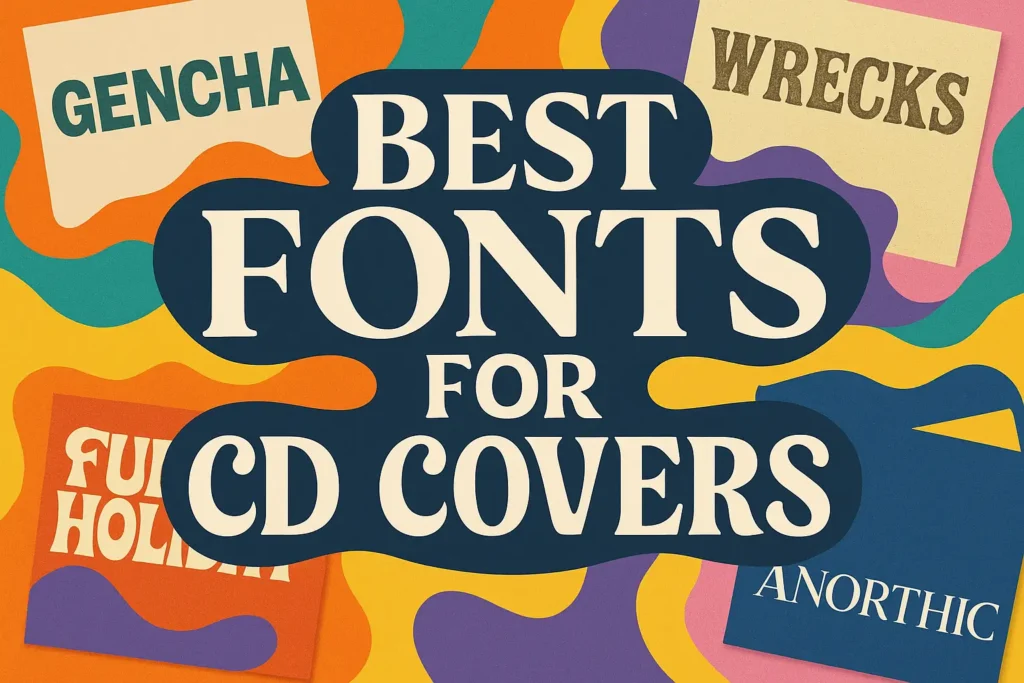
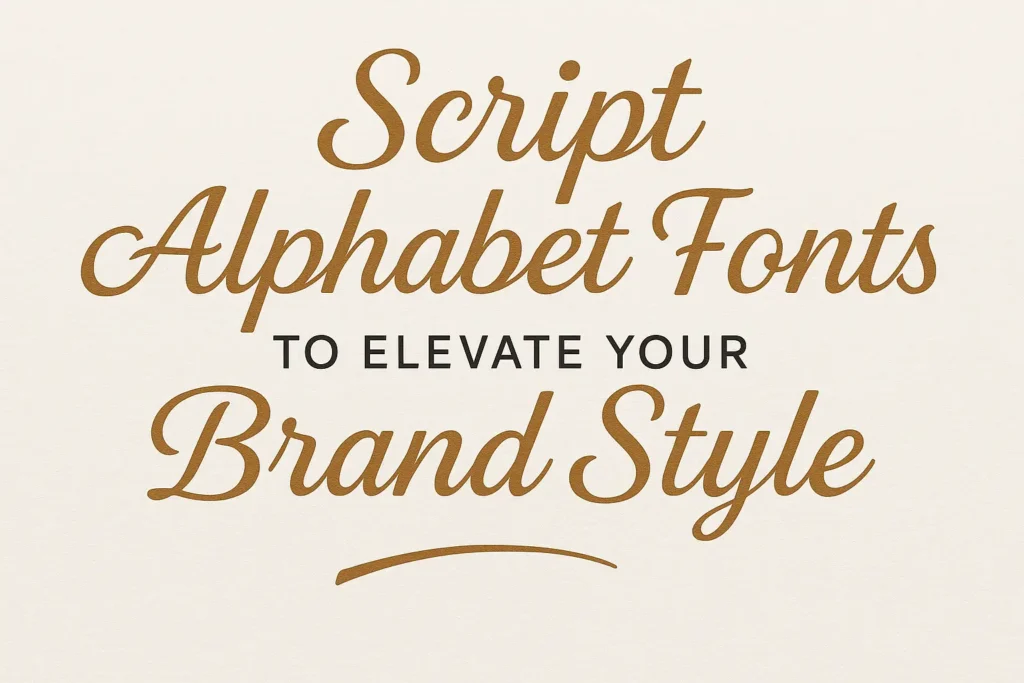
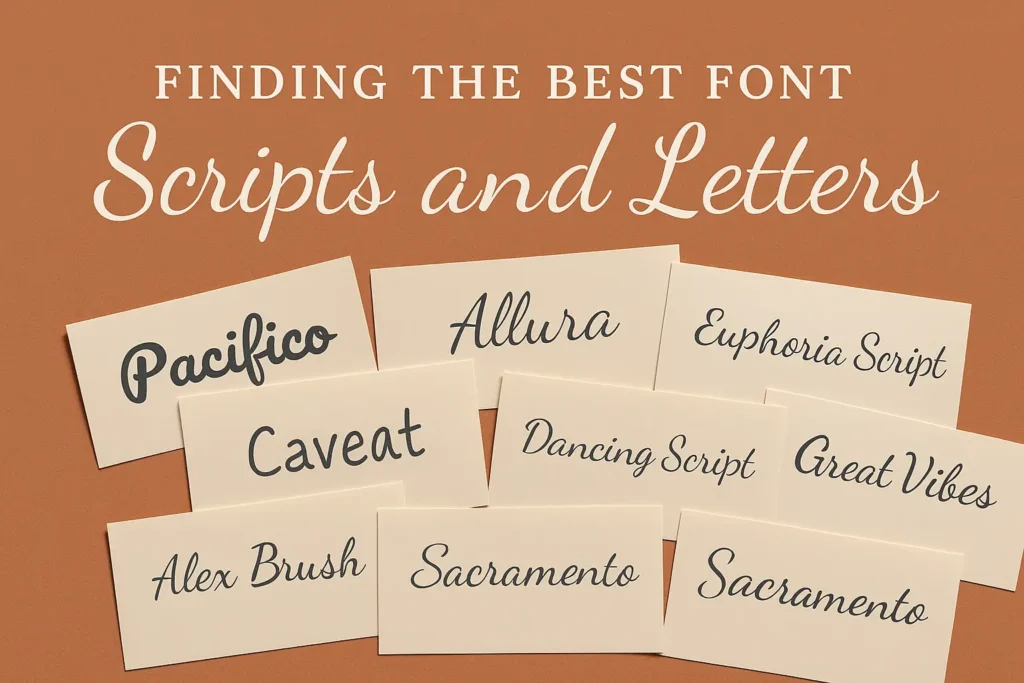
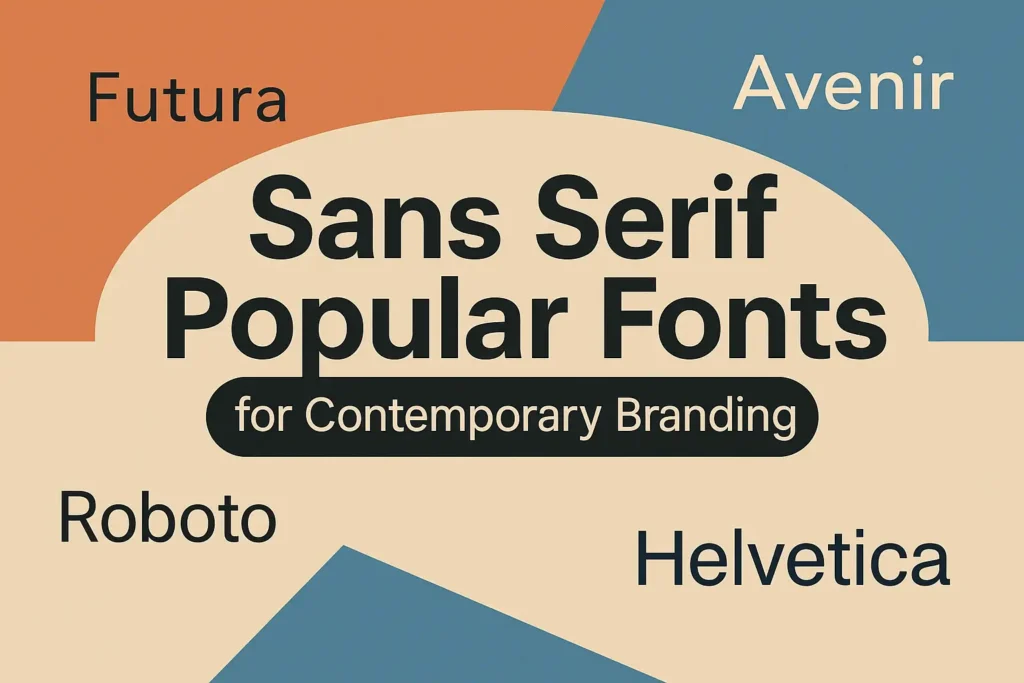
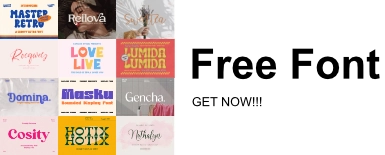



Leave a Comment